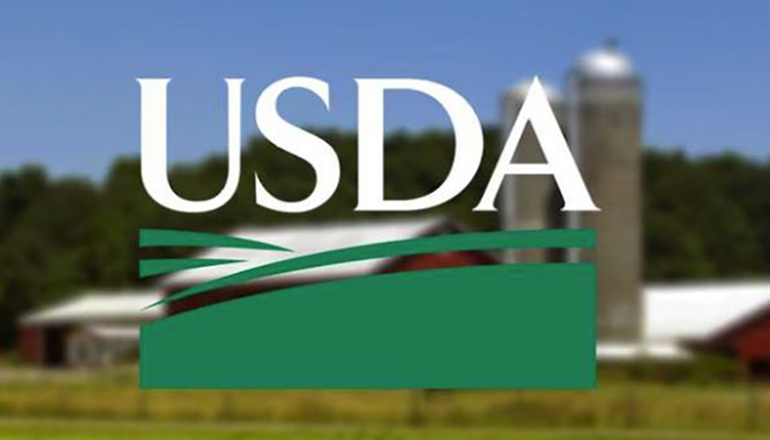Livestock producers are sweating, and it’s more than just the heat of summer, says Katie Neuner, University of Missouri Extension field specialist in agricultural business.
Hay shortages caused by drought have forced producers to buy and transport hay from long distances, adding to feed input costs. Additionally, many producers have had to haul water to livestock when ponds and streams dried.
But there is help available through two USDA emergency relief programs for producers in designated counties, Neuner says. Both programs have eligibility requirements. “The ongoing drought of 2023 has put many producers in a tough position,” she says. The Aug. 20 USDA National Agricultural Statistics Service Crop Progress and Condition report for Missouri reported that 40% of pasture in the state is in poor or very poor condition.
Drought forced livestock producers to feed hay much earlier than normal, says Neuner. Early demand for hay and the continued drought has led to 74% of Missouri reporting “short to very short” supplies on hand. “Demand raised prices to the point of unaffordable for some livestock producers,” she says. “The lack of hay locally has also forced producers to look for hay much farther away than in normal years.”
The Emergency Assistance for Livestock, Honeybees, and Farm-Raised Fish Program (ELAP) helps eligible producers cover losses that result from increased hauling costs of feed due to drought in designated counties. This covers expenses incurred when the farmer hauls the hay or hires a trucking company.
Neuner says it is important for producers to get an itemized, separate bill that clearly shows the cost of transportation. ELAP also can cover losses from hauling water to livestock. She says producers must log the mileage and dates they hauled water. They also should ask their USDA Farm Service Agency representative if losses for moving livestock to other locations to feed would qualify for ELAP funds.
The Livestock Forage Disaster Program (LFP) provides compensation to livestock producers suffering grazing losses due to drought. Producers are eligible in counties that suffered a D3 or higher drought intensity at any time or D2 drought intensity for at least eight consecutive weeks. This program factors severity, length of drought and type of livestock to determine payment amount.
For more information about ELAP or LFP, contact your local FSA office. For a list of Missouri offices, click or tap click or tap this link.


